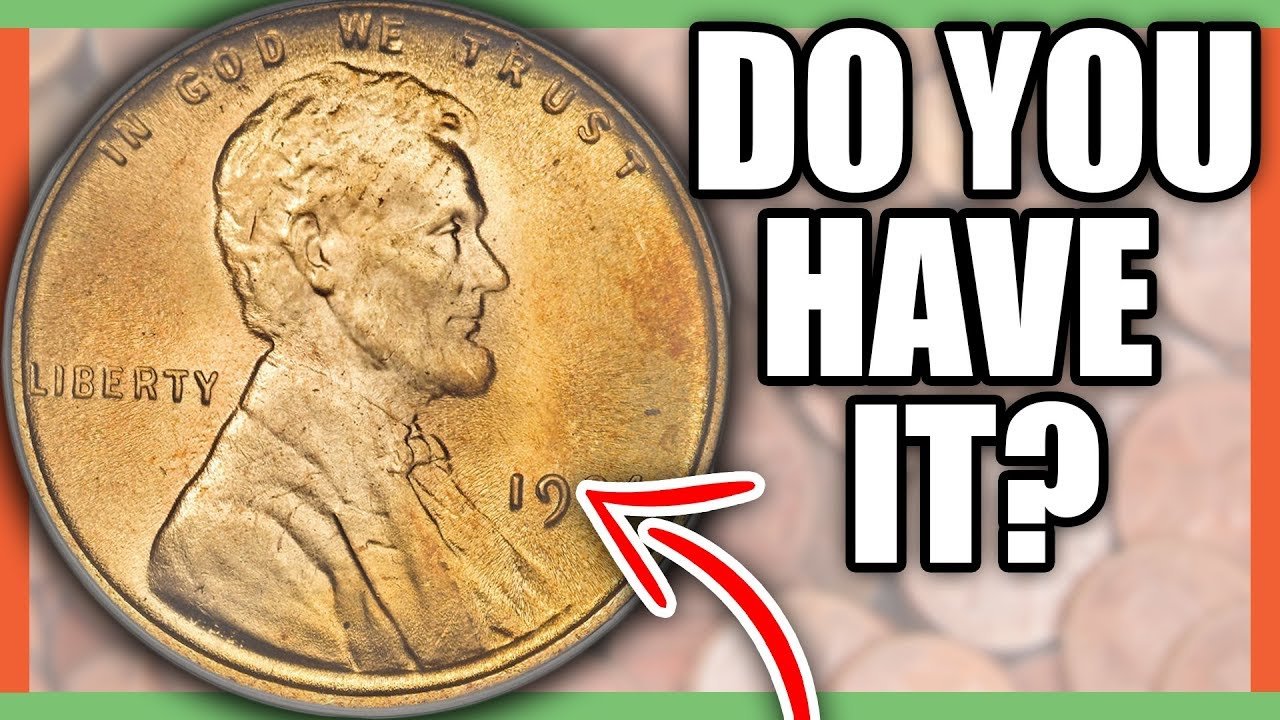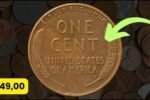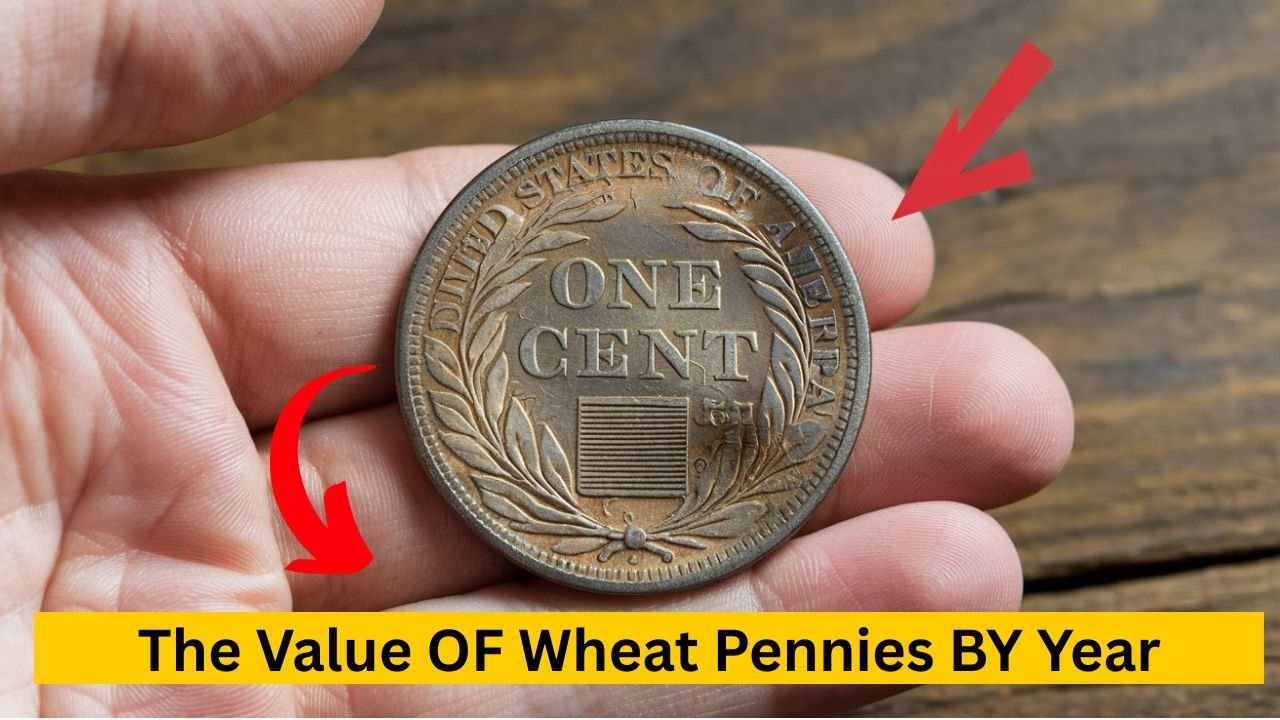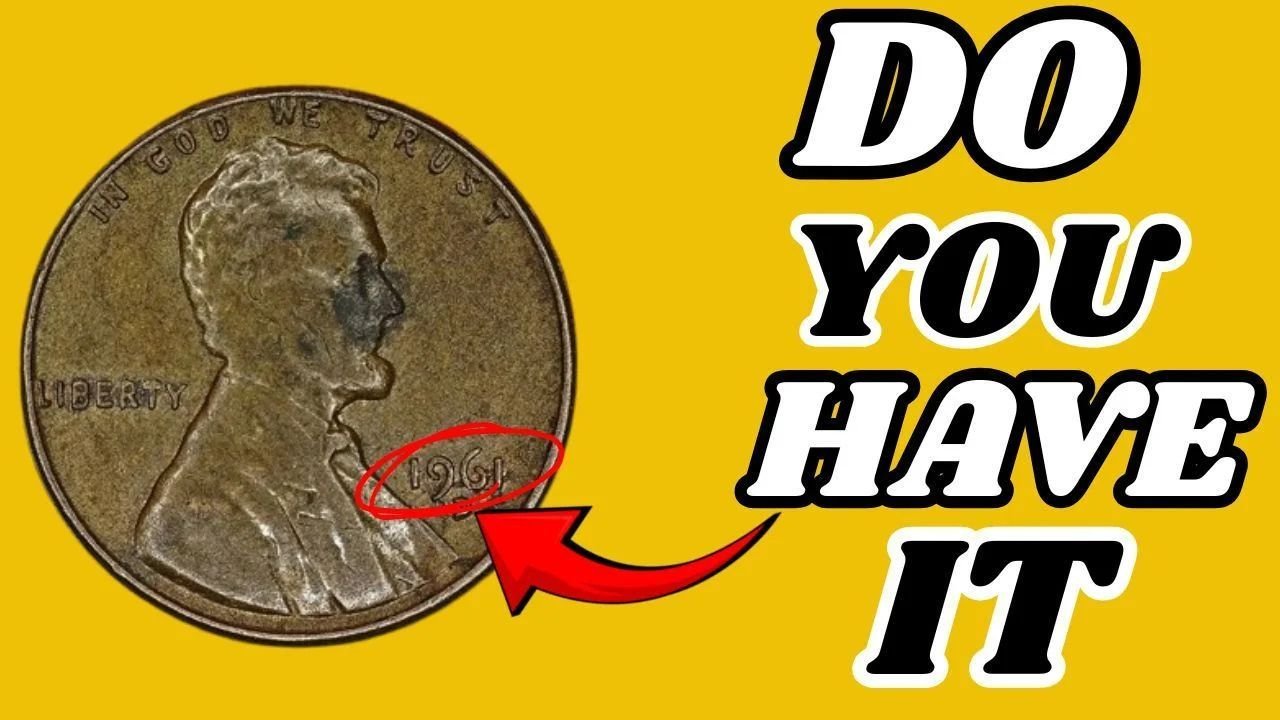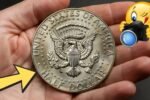The Lincoln: Coin collecting has always been a fascinating hobby, but every once in a while, a story emerges that makes collectors and the general public alike search their spare change. One such story revolves around the Lincoln Wheat Penny, a coin minted between 1909 and 1958, with some rare editions now valued at astonishing figures. Recently, reports suggest that certain rare wheat pennies could be worth up to $144,000, raising the question: could one still be hiding in circulation?
Why the Lincoln Wheat Penny Is Special
The Lincoln Wheat Penny, also called the “Wheat Cent,” was introduced in 1909 to commemorate the 100th anniversary of Abraham Lincoln’s birth. It featured Lincoln on the obverse and two wheat stalks on the reverse, symbolizing prosperity and growth. For nearly five decades, it was a staple in American pocket change until replaced by the Lincoln Memorial design in 1959.
What makes the Wheat Penny so intriguing to collectors is the variety of errors, mint marks, and low-mintage years that create scarcity—and therefore, significant value.
The $144,000 Penny
One of the most sought-after Wheat Pennies is the 1943 copper penny. During World War II, pennies were made of zinc-coated steel to conserve copper for the war effort. However, a small number of 1943 pennies were mistakenly struck in copper. These rare errors are among the most valuable coins in American numismatic history. Depending on their condition, they can sell for anywhere between $100,000 and $250,000.
Another high-value variety is the 1944 steel penny, also created in error after the mint transitioned back to copper. These, too, can reach six-figure values at auctions.
The Kennedy Half Dollar Valued at $5.9 Million, Still in Circulation
Could It Still Be in Circulation?
While it’s unlikely that a $144,000 Wheat Penny is still floating around in everyday change, it’s not impossible. Over the years, some valuable coins have been discovered in circulation, pawn shops, or even tucked away in old jars and collections passed down through families.
Many Americans still keep coffee cans or boxes filled with old coins. Within these, there’s always the small chance that a rare Wheat Penny might appear—making every coin search exciting for collectors and hopeful treasure hunters.
What to Look For
If you’re curious about checking your change, here are a few key indicators:
-
1943 Copper Wheat Penny – Check for 1943 dates struck on copper (not the common steel version that sticks to a magnet).
-
1944 Steel Wheat Penny – The opposite situation: 1944 should be copper, but a few were struck in steel.
-
Low-mintage dates like 1909-S VDB or 1914-D also carry high value.
-
Error coins – doubled dies, off-center strikes, and other minting mistakes can drastically raise a coin’s worth.
Final Thoughts
The Lincoln Wheat Penny continues to capture attention, not just as a piece of history but as a potential hidden fortune. While finding one worth $144,000 in your pocket change is unlikely, it isn’t impossible. For collectors and casual coin enthusiasts, the excitement lies in the search. So, the next time you come across a Wheat Penny, take a closer look—it might be worth far more than a single cent.
FAQs: The Lincoln Wheat Penny Valued at $144K
1. Why is the Lincoln Wheat Penny so valuable?
Certain Wheat Pennies are rare due to minting errors, low production numbers, or unique historical circumstances. For example, the 1943 copper penny and 1944 steel penny can sell for six figures.
2. How can I tell if I have a valuable Wheat Penny?
Check the date and mint mark carefully. Rare versions include the 1909-S VDB, 1914-D, 1943 copper, and 1944 steel pennies. Using a magnet can help identify steel vs. copper coins.
3. Are $144,000 Wheat Pennies still in circulation?
It’s very unlikely, but not impossible. Many rare coins are discovered in old collections, coin jars, or inherited boxes rather than everyday pocket change.
4. What should I do if I find a rare Wheat Penny?
Avoid cleaning the coin, as this can reduce its value. Instead, consult a reputable coin dealer, grading service, or auction house to authenticate and appraise it.
